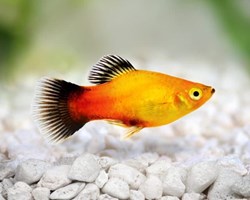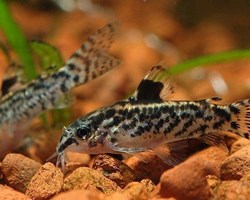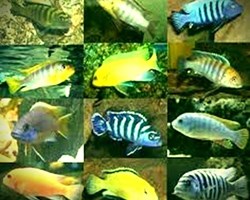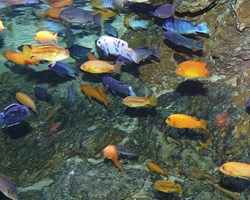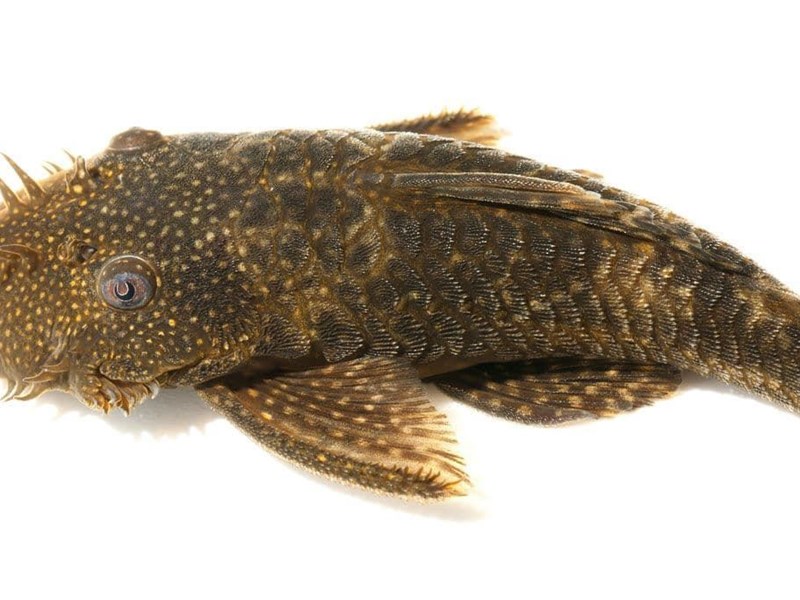
DESCRIPTION OF THE PLECO OR PLECOSTOMUS:
Common name: Plecostomus or Pleco
Scientific name: Hypostomus plecostomus L.
Taxonomic genealogy: Order: Siluriformes; Family: Loricariids
It is a tropical fish that grows at great speed, being able to measure up to 60 cm.
It does not have scales, since instead its body is covered with spines that it uses to protect itself from other fish or attack them.
It is characterized by having a light brown color with black spots, although it can also appear in black tones.
Very elegant and beautiful.
Plecostomus can be known by other names: "catfish", "algae sucker", "sucking mouth fish", "pleco", etc.
It belongs to the family Loricaridae, its subfamily is the hypostominae and the genus, hypostomus.
Geographically, it is found in rivers and tributaries of South America, specifically in tropical waters of the Amazon Basin.
Their natural habitat is located in rocky, sandy and marshy areas, where they tend to stay in the deepest parts of them.
Geographic Region: Northern South America
Rivers/lakes/etc: Pools, small lagoons and fresh and brackish water rivers from the mouths of rivers in northern South America, both in the Atlantic and Pacific basins.
Habitat: Between leaves, trunks, etc. at the bottom of these rivers and pools.
The pleco has an elongated body adapted to life on the bottom, so it has a very flat belly.
Except on the belly and under the head, its body is covered with bony scales, which give an image of being a fish with armor.
Its coloration is brown with many stripes and very dark spots (black or dark gray).
Color patterns can vary greatly between different individuals or with age.
The dorsal fin is large and sail-shaped, with the first bony ray.
This strong spine is also present on the pectoral and pelvic fins.
The head is large and grows with age.
The mouth is inferior (looking totally downwards), in the shape of a sucker and with two small barbels.
The eyes are small.

Size: They can reach 60 cm, although in an aquarium they rarely exceed 30-35 cm.
Although they are fish that are usually 5 cm fry in aquarium stores, they quickly reach large sizes.
Sexual dimorphism: Impossible for non-experts. Experts look at the genital area as they show some difference.
Intraspecific temperament: As adults they are territorial fish, and therefore somewhat aggressive towards those of their own species.
Interspecific temperament: They are generally calm fish with other species, although they can stick to other fish.
Free diet: Omnivore, although it eats a lot of algae or vegetable products.
Life expectancy: 10-15 years, even longer in the wild.
Reproduction in freedom: In freedom they reproduce in large burrows that they dig on the banks of rivers.
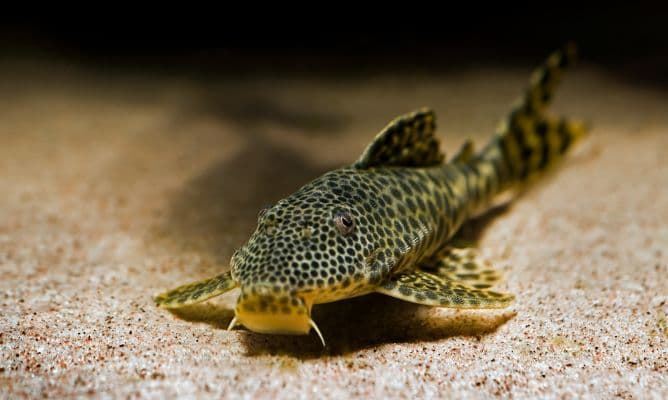
CARE OF THE AQUARIUM FOR THE PLECOSTOMUS FISH:
Plecostomus need a large aquarium, at least 250 liters for a single pleco.
The temperature should be between 21ºC and 27ºC, with a pH between 6.5 and 8.
Water hardness, 4-20º GH.
The aquarium must be quite spacious, with a substrate based on sand and peat, where we will provide hiding places, where it can hide.
Vegetation should not be lacking, they need an abundant flora but one that is well planted, since they can move it easily, they can even eat it.
Physico-chemical parameters:
pH: 6.5 – 8
Hardness: 3-25º dGH
Temperature: 20-28ºC.
Although in nature they can live in brackish water, in an aquarium it is better to have them in fresh water.
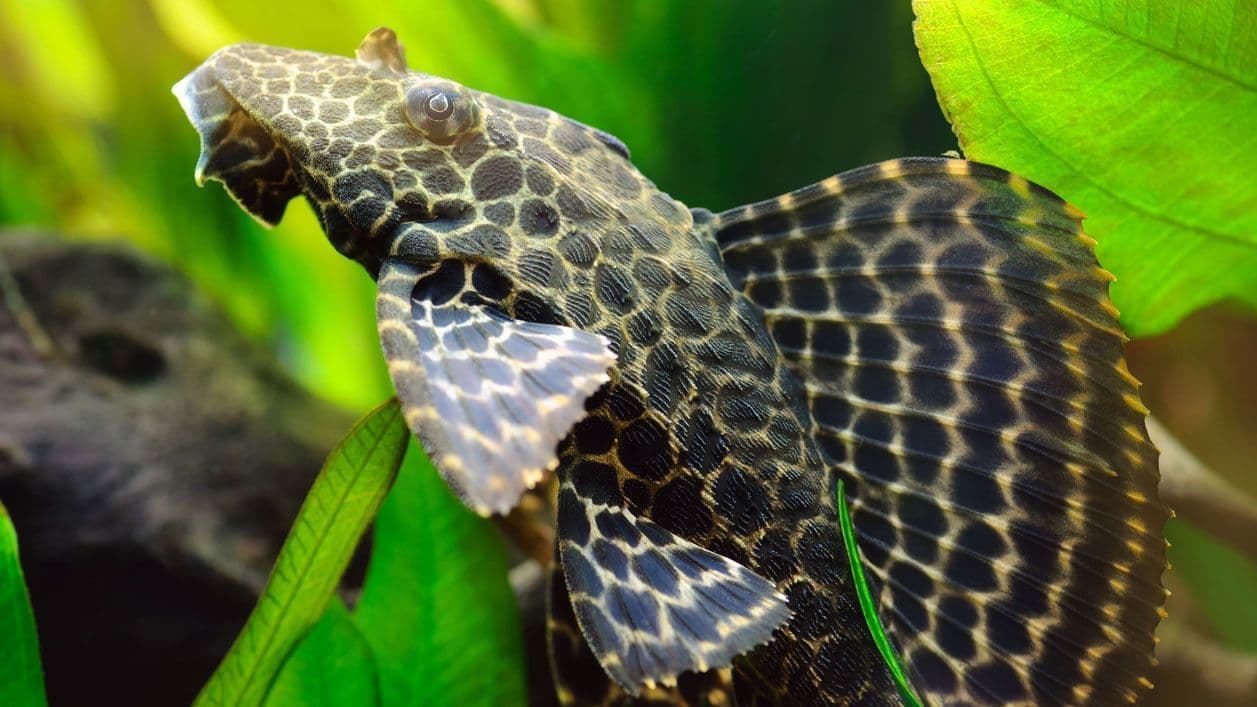
BEHAVIOR OF PLECOSTOMUS IN THE AQUARIUM:
They are nocturnal fish and therefore will be more active when the aquarium lights are off.
During the hours that the aquarium lights are off, they will move around the aquarium looking for food or algae, either on the bottom or sucking on glass, logs, plants and any decoration.
The fry are much more active, even with the lights on.
They are bottom fish, and the free swim they always do on the bottom.
Although they can move throughout the aquarium, but always "sucking" different surfaces.
When they move, due to their large size they can move decorations and plants.
If it also moves because we frightened it (for example, when cleaning the aquarium), the movements can be more abrupt.
They need an aquarium with a lot of decoration, especially at the bottom, since while the light is on, the plecos like to take refuge.
Also, better if it is varied (trunks, stones, plants, etc.) so that different algae form.
It is essential that there are large trunks so that they can eat cellulose, since they need it to digest properly.
Due to its large size and its movements, sometimes very abrupt, the decoration has to be very well settled or we don't care if it moves.
Be careful if there are piles of stones that you can throw on the sides of the aquarium and break it.
The most delicate plants are not suitable for an aquarium with a pleco for this very reason.
Peaceful in nature, it should have no problems living with others of its kind (except discus fish and scalars), although if it is hungry it can become aggressive and attack its fellow tankers.
It is a nocturnal fish, sleeping during the day and feeding at night.
They can adopt a territorial and solitary attitude when they reach maturity, not allowing other catfish to be near them.
At first you may feel uncomfortable and insecure, so you will look for a place to hide, although over time you will gain security and leave it.
Intraspecific: Of the same species, it is better that they are alone.
Interspecific: They can coexist perfectly with other fish.
They sometimes try to "suck" the surface of very flat fish like discus and scalar.
Plants: In principle they coexist well with plants.
They are also very suitable for an aquarium with a pleco.
But if the diet is poor in plant elements, some plants may be eaten.
In addition, with their movements they can break or dislodge many species, so strong and resistant species must be chosen.
Its behavior towards other species in a warm water aquarium is friendly, it can be kept in a community aquarium, without causing any problems.
However, it is not advisable to keep several specimens, since they are somewhat territorial and can be aggressive.
Plecostomus compatible fish:
- Tiger Barb.
- Scalars, Angelfish.
- Guppies.
- Tetra Neon.
- silver dollar.
- Freshwater puffer fish.
- Rainbow.
- Betta fish.
- Platy.
- Ancistrus.
- red piranha.
- Cherry barb.
- Koy.
- Botia Clown.
- Goldfish.
- Guppy Endler.
- Nun.
- Ax Fish.
- Telescope.
- Disk.
- Pearl Gourami.
- Flying fox fish.
- Apple Snail.
- Zebra fish.
- Ramirezi.
Fish compatible with restrictions:
- Oscar fish.
- Paradise fish.
- Harlequin.
- Alligator gar.
- Drunken Fish.
- Kribensis.
- Red tail shark.

NUTRITION FOR PLECOSTOMUS FISH:
His diet is based on two elements:
- They eat many types of algae that come out on leaves, trunks, crystals, etc.
- They also eat any leftovers they find at the bottom of the aquarium, whether they are food leftovers from the other fish, (such as flakes or granules), dead fish, vegetables that we throw at them (zucchini, cucumber, etc.), as well as some specific pills for vegetarian bottom fish. It is highly recommended to feed these pills, as they are formulated for them.
Being a nocturnal species, it feeds at night, so it is convenient to turn off all the lights and feed it.
It is recommended to give him some special vegetable-based pills, although he can also be offered different varieties of vegetables, such as spinach, lettuce, cabbage leaves, etc.
It is essential that we put at your disposal a log, with the aim of absorbing the cellulose that will help you in the digestive process.
It is important that they have logs in the aquarium, since they need to eat some cellulose (majority of wood) for better digestion.
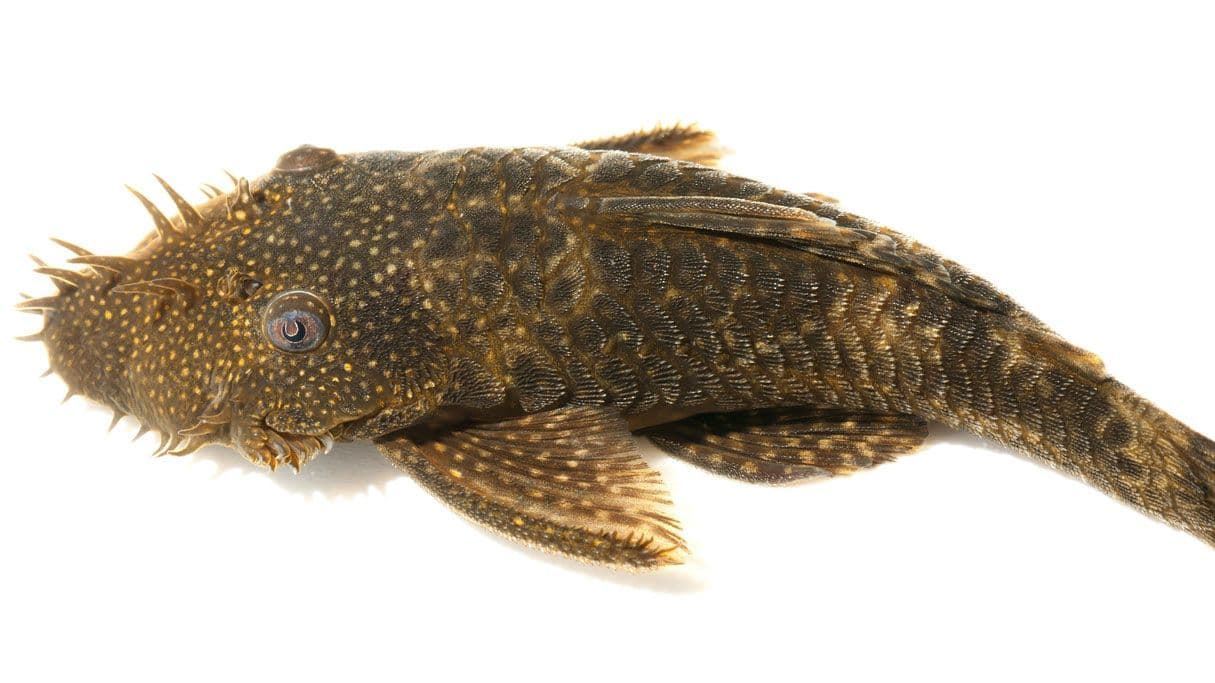
REPRODUCTION OF THE PLECO IN THE AQUARIUM:
It is almost impossible to breed it in captivity.
In the natural state, they usually lay their eggs in deep holes, on the banks of rivers, when the rainy season arrives.
The eggs are usually guarded by the females.

